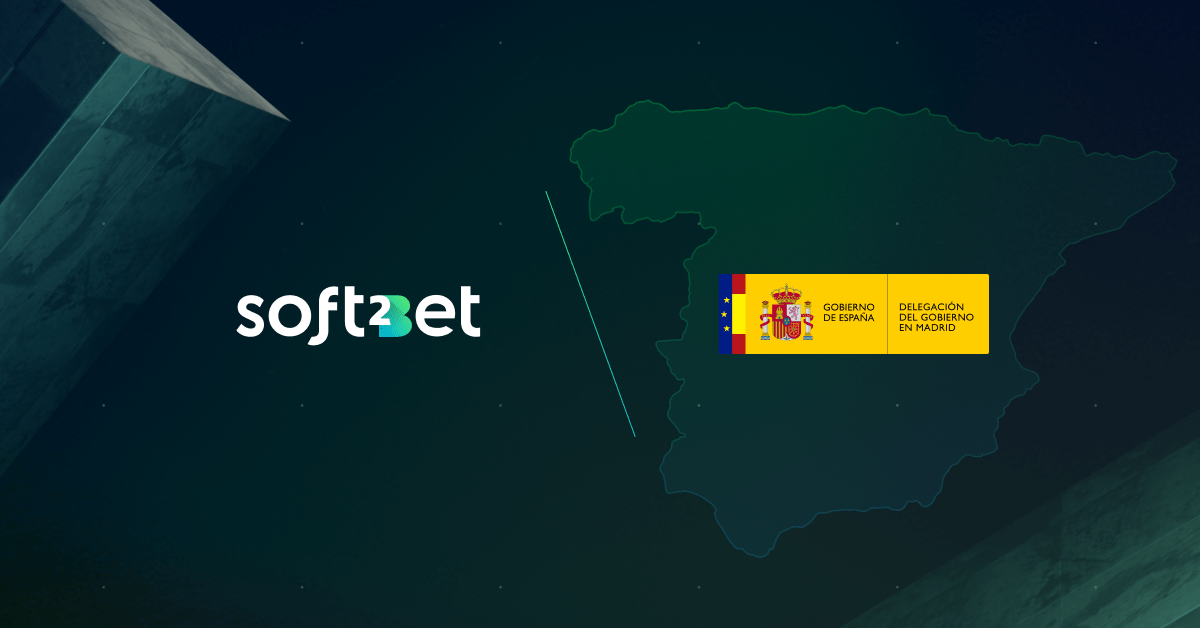
Exploring the Dynamics of Mission-Based Gamification
In today’s competitive landscape, organizations across various sectors are increasingly turning to innovative methods to engage users and enhance motivation. One such method is mission-based gamification, a powerful concept that merges the principles of game design with real-world tasks and objectives. This article will explore the dynamics of mission-based gamification, its principles, applications across diverse industries, and how it can effectively engage and motivate individuals. You can learn more about applications in gaming at mission-based gamification https://soft2bet-casinos.com/en/.
Understanding Gamification
Gamification is the application of game-design elements and principles in non-game contexts. It is designed to improve user engagement, enhance learning, and drive behavior in areas such as marketing, education, and workplace productivity. By integrating elements such as points, leaderboards, and challenges, organizations can foster an environment that encourages participation and commitment. However, mission-based gamification takes this concept a step further by focusing specifically on structured missions or tasks that users must complete to achieve their goals.
The Essence of Mission-Based Gamification
At the core of mission-based gamification lies the idea of creating meaningful experiences through missions. These missions are typically framed as challenges or quests that require users to complete specific tasks, often driven by clear objectives and rewards. By incorporating elements from games—such as storytelling, competition, and achievement—organizations can enhance the user experience and keep individuals engaged over the long term.
Key Principles of Mission-Based Gamification
Several principles guide the creation and implementation of mission-based gamification. These include:

- Clear Objectives: Each mission should have clear and achievable goals that are communicated to users, providing them with a sense of direction and purpose.
- Reward System: Rewards play a crucial role in motivating users. Whether through points, badges, or tangible rewards, recognizing accomplishments encourages further participation.
- Social Interaction: Incorporating social elements allows users to collaborate and compete, fostering a sense of community and shared experiences.
- Feedback Mechanisms: Providing users with regular feedback on their performance helps them track progress, identify areas for improvement, and stay motivated.
- Challenge and Progression: Missions should be progressively challenging, allowing users to build their skills and feel a sense of accomplishment as they advance.
Applications Across Industries
The versatility of mission-based gamification allows it to be applied across various industries, each reaping its benefits in unique ways:
1. Education
In educational settings, mission-based gamification can enhance learning experiences by transforming curriculum content into fun, engaging missions. Students can tackle quests that require critical thinking, creativity, or collaboration, enabling them to actively participate in their learning journey while achieving tangible rewards in the form of grades or recognition.
2. Business and Workplace
Many organizations are utilizing mission-based gamification to boost employee engagement and productivity. By setting up team missions that align with corporate objectives, companies can create a competitive yet supportive environment where employees are motivated to excel. This can lead to improved performance, teamwork, and job satisfaction.
3. Health and Wellness
The health sector is increasingly adopting mission-based gamification to encourage healthier lifestyles. Fitness apps and platforms often create challenges centered around exercise, nutrition, and wellness tasks that users can complete to earn rewards. This encourages participants to stay committed to their health goals while fostering a sense of accountability and community.

4. Marketing and Customer Engagement
Companies are capitalizing on mission-based gamification to enhance customer engagement and retention. By turning loyalty programs into missions, brands can activate customers to participate in specific tasks—such as making purchases, sharing content, or leaving reviews—thus increasing customer interaction and facilitating a deeper connection with the brand.
Measuring Success
To truly understand the efficacy of mission-based gamification strategies, organizations must establish metrics for success. Key performance indicators (KPIs) may include user engagement rates, completion rates for missions, customer retention rates, and overall satisfaction levels. By analyzing these data points, organizations can continuously refine their gamification strategies and ensure they meet their objectives.
Challenges and Considerations
While mission-based gamification presents numerous opportunities, it is essential to address potential challenges. Organizations need to ensure that the missions are led with authenticity, avoiding excessive difficulty that could lead to frustration. Additionally, balancing competition with collaboration is crucial; fostering a sense of camaraderie among users can enhance the overall experience. Finally, staying attuned to user feedback is vital for the success of any gamification strategy.
Conclusion
Mission-based gamification is a powerful tool that transcends traditional boundaries, creating engaging and purposeful experiences in various contexts. By harnessing the core principles of gamification and applying them to meaningful missions, organizations can enhance user motivation and performance while creating impactful experiences. As this trend continues to evolve, understanding its dynamics and potential will undoubtedly benefit a wide range of industries and applications.
